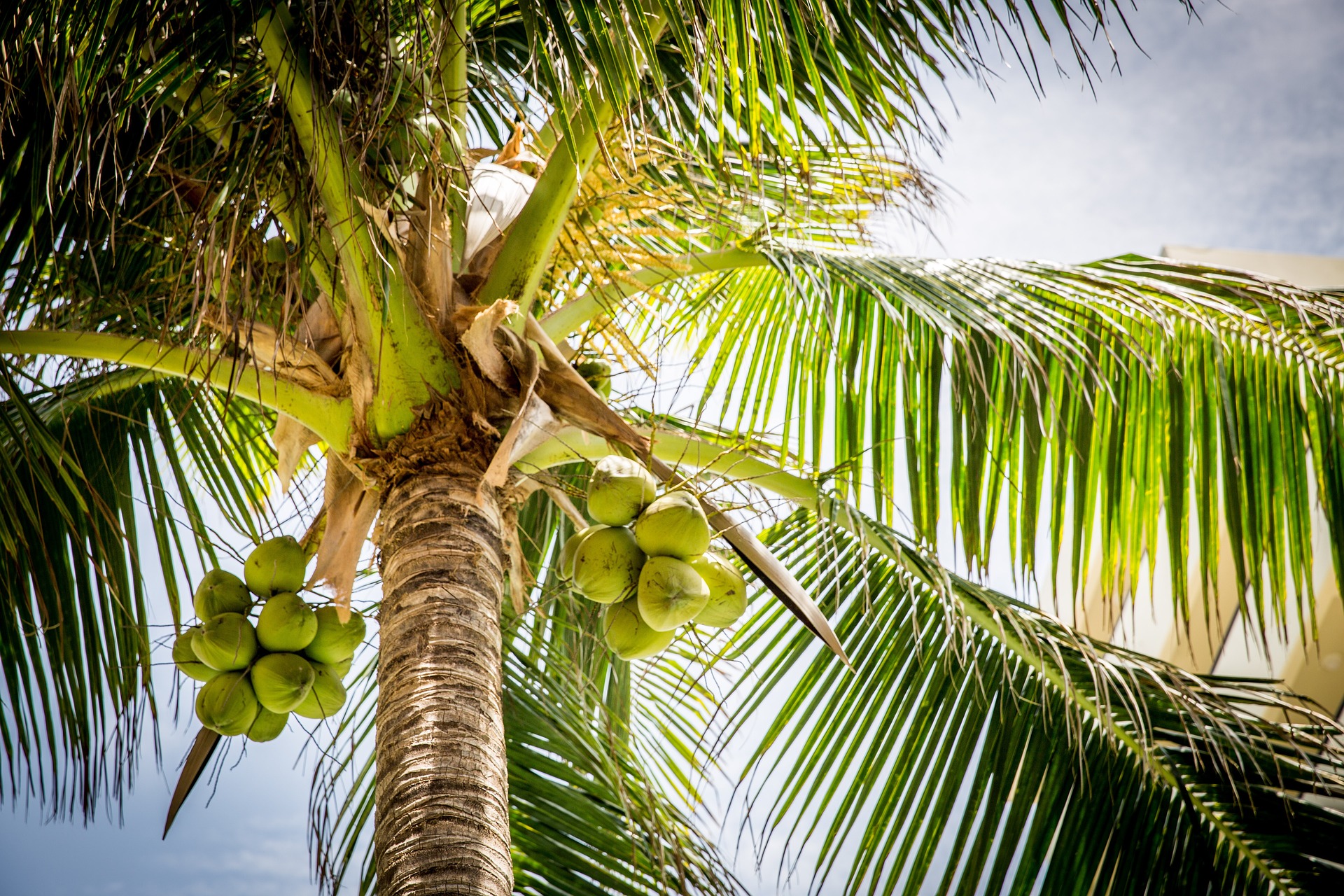Asia has a hot and cold environment with a wide variety of temperatures throughout the day and year. While summers may be scorching hot, some countries on the continent experience snow during winter, including Japan, China, Nepal, Kazakhstan, and North and South Korea. Meanwhile, tropical countries like the Philippines, Indonesia, Laos, Malaysia, Thailand, Cambodia and Myanmar features hot temperature all year round.
However, despite the diversified weather in the continent, its nations are nonetheless able to produce high-quality, distinctive fruits that have had a significant impact over the world.
In fact, China has recently ranked first as the leading country that produces the greatest number of fruits worldwide, with a production of over 253.89 million metric tons of fruit that year. This country is one of the earliest and most significant foundations of cultivating plants worldwide.
Many of the seasonal fruits including Tianjin Chestnut, Jujube, Apricot, Prunus mume (Chinese Plum), Asian pear, Hazelnut, Peach and Lychee have originated in China as well.
Other Asian countries have also housed and cultivated native fruits such as:
1. Durian. People either like or detest the mind-blowing durian fruit – grown in places like Malaysia, Philippines, and Indonesia. The thick yellowish flesh of the fruit is hidden beneath its rough, spiky skin and has a custard-like flavor and texture.
Durian is known for having an offensive fragrance, which for some people makes the fruit intolerable. The flavors are sweet and rich, and some have commented that the texture and aroma are reminiscent of cow’s milk.
2. Langsat. Also known as lanzones, are indigenous to Malaysia. They possess a glossy orb of watery flesh covered by a thin layer of pale brown skin.
The flavor of a langsat is sour and bitter with a hint of sweetness. It resembles a grape and a bittersweet grapefruit even more so. Amazingly, the seeds are crushed up and utilized in various medications.
3. Mangosteen. In desserts and jams, mangosteen is a common ingredient in nations like Vietnam, Thailand, and Indonesia.
A luscious white flesh is enclosed by a thick, deep purple skin on this delightful little fruit. The flavor of mangosteen is extremely sweet, resembling a combination between peach and pineapple. It has a lychee-like soft and luscious texture.
4. Jackfruit. A very rare and exotic Asian fruit that resembles a somewhat elongated mango or melon in shape. Tiny, silky bumps cover its green skin. Its flesh has a thick, robust, and fibrous taste and texture comparable to a mango or pineapple.
Opinions on its flavor are split. Some claim that it is a delicious hybrid of mango and pineapple. Others, however, have amazingly compared it to the flavor of pulled pork because of its shredded, string-like characteristics.
5. Coconut. Used to flavor a wide variety of foods, drinks, and desserts. There are many different types of coconuts, but almost all of them are either green or brown depending on how old they are.
The water inside green coconuts is both delectable and cooling. The coconut is better for cooking once it has turned a distinctive straw-like shade of brown.
6. Mango. Mangoes are well known for being rich and juicy around the world. Beneath its yellow and green speckled skin, there is a vivid yellow flesh that clings to a large-flat seed that resembles a pebble. It has a flavor that is energizing, zesty, and floral; the texture is juicy and fibrous.
Mangoes also have a fragrance that is sweet and refreshing. Used in a wide variety of sweet and savory meals, including smoothies, desserts, mango sticky rice, and salad garnishes.
Moreover, even Asia’s fruit trees and plants are helpful for a range of uses. As an illustration, consider the coconut tree, where each part of the coconut has a variety of functions. These simple facts are what make Asian fruits remarkable.
Conclusion:
Asia is not only rich in culture and beautiful people, but also in varieties of fruits that are unique and mainly cultivated on the continent. Despite the different weathers in its various regions, Asian nations still had successfully produced high in quality crops across the Globe, which other foreign countries actively took part in growing variants of it. Asia has contributed delectable cuisines worldwide, utilizing the continent’s fruits in many dishes as well.


